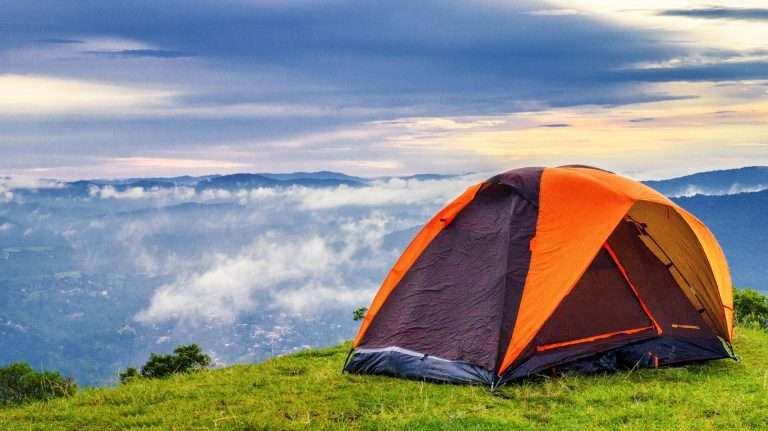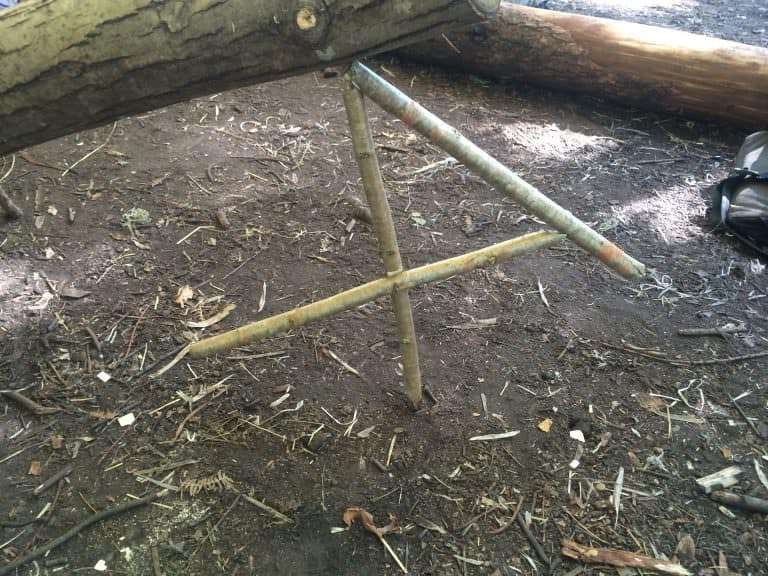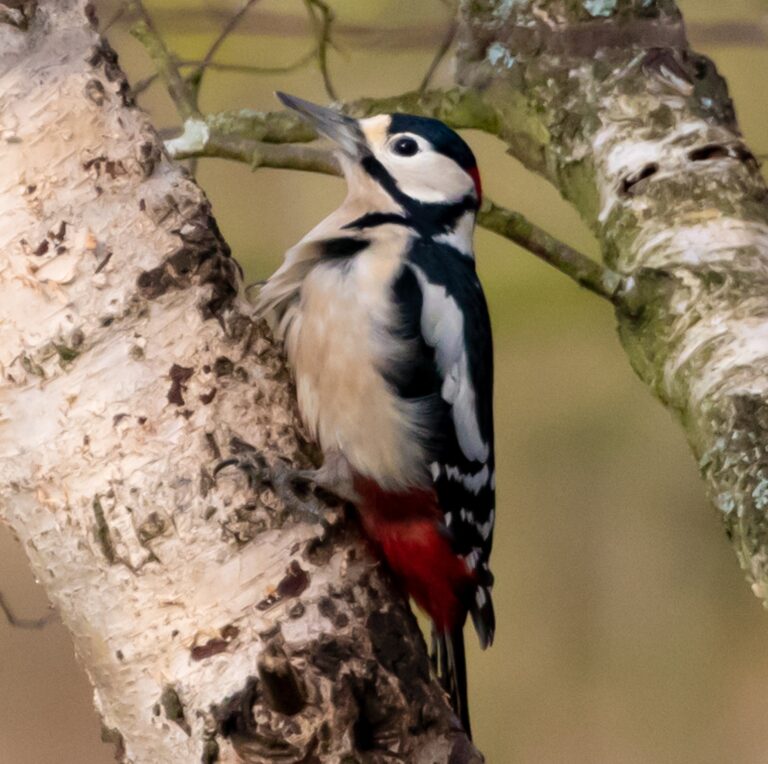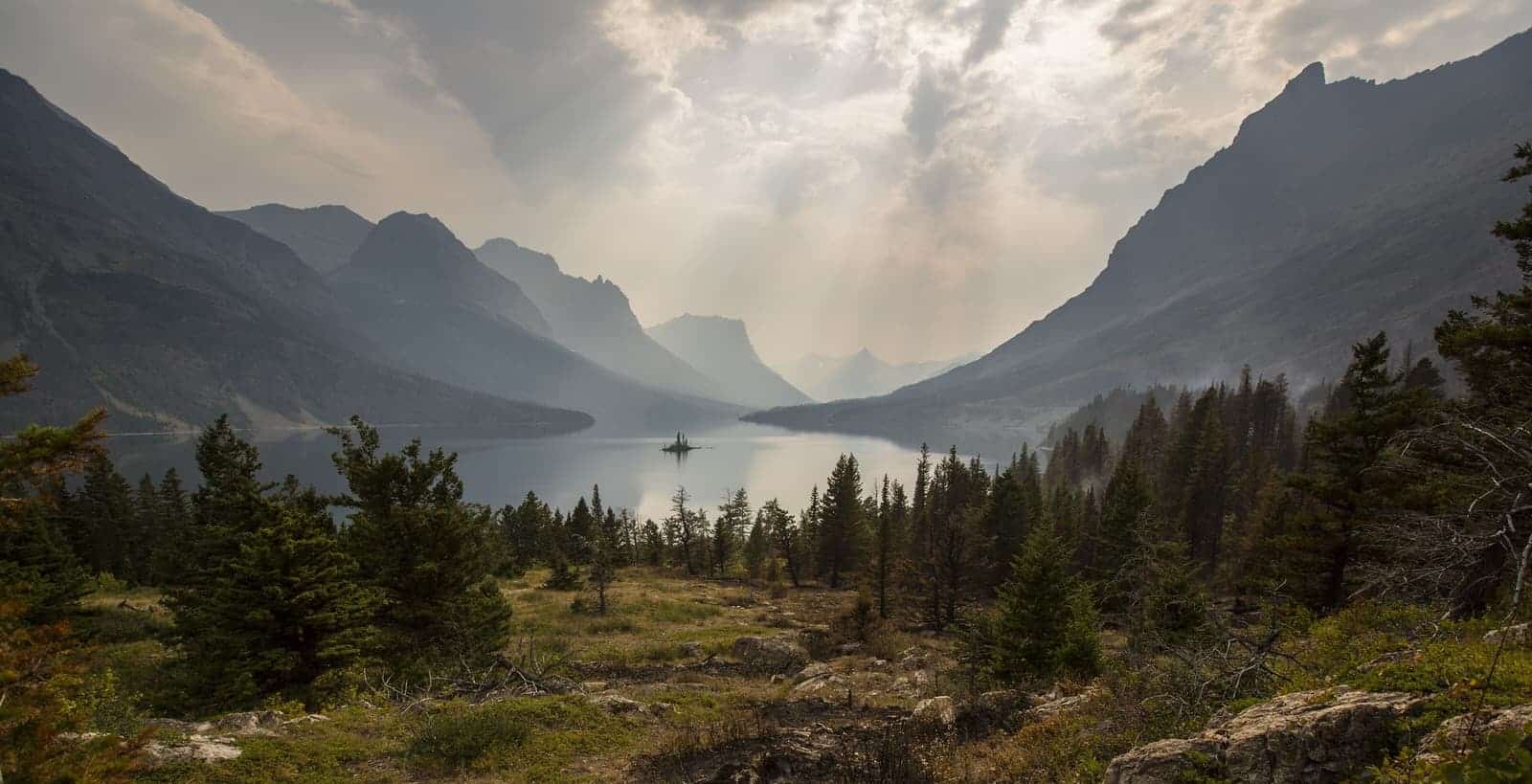Start Your Spring Foraging
Spring is on the way, plants and trees all around us are starting to bloom and it is the perfect time to get outside and start foraging. We’ve looked at foraging in the UK in other blogs, such as this one here; this blog looks specifically foraging in spring.
Law and foraging
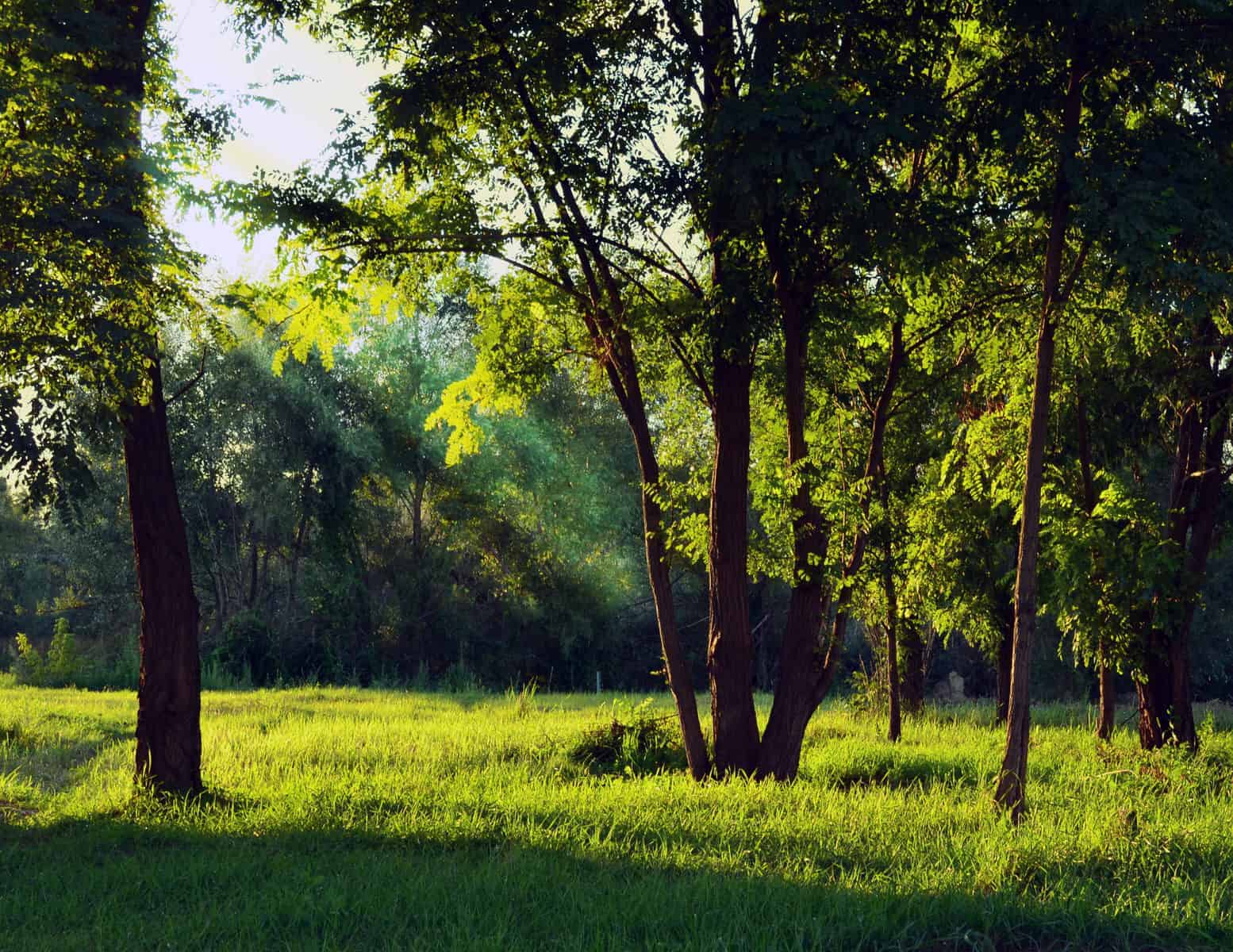
We’ve covered the law and foraging when it comes to bushcraft before but here’s a quick recap.
Foraging in England, Wales and Northern Ireland
When it comes to bushcraft and foraging within England, Wales and Northern Ireland you need to be aware of the Theft Act of 1968 . This act states that “A person who picks mushrooms growing wild on any land, or who picks flowers, fruit or foliage from a plant growing wild on any land, does not (although not in possession of the land) steal what s/he picks unless he does it for reward or for sale or other commercial purposes.”
What this basically means is that provided that what you pick is growing wild, e.g. not farmed and that you’re not intending to sell what you pick then you should be okay.
In Scotland it is a little different, read on to find out more.
Foraging in Scotland
In Scotland foraging is covered under the Outdoor Access Code . This stipulates pretty much the same as the Theft Act of 1968 – essentially, don’t pick farmed plants with the intention to sell them.
Bushcraft and foraging in spring
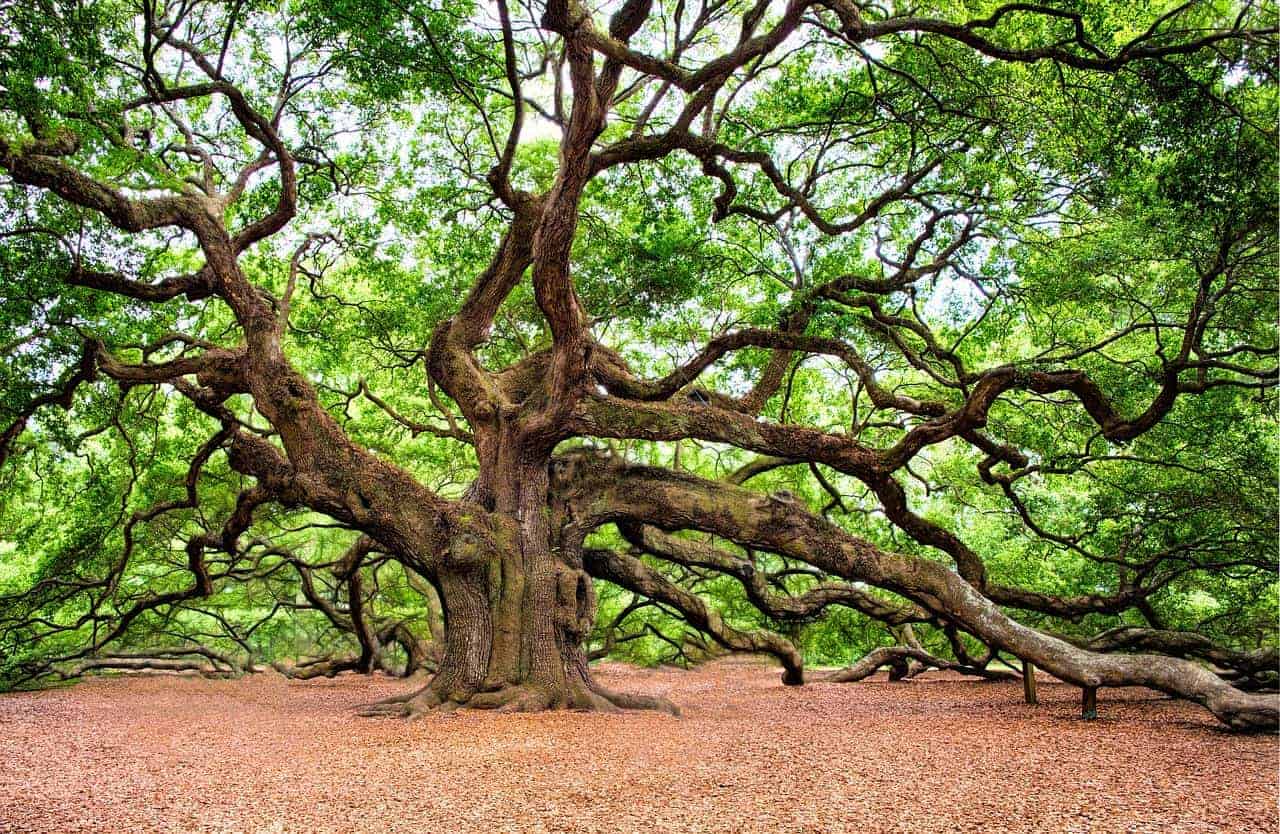
Common plants in the UK in spring
Here are some common UK plants that can be found in spring; perfect for the UK forager.
Remember, never eat anything that you’ve not identified as safe.

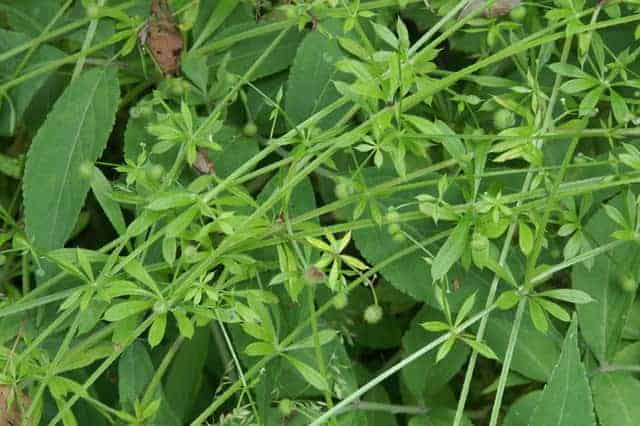
Chickweed starts making an appearance in the UK in March, though can be found from late February. The clever bushcraft forager can use its leaves (tender ones are the best) in salads, or they can be ground up and used to make pesto.
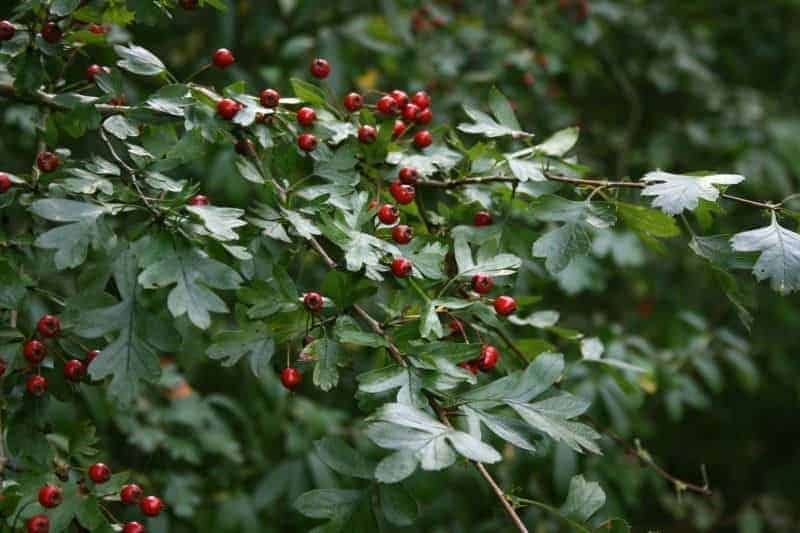
Goosegrass is best eaten as a vegetable in early to late spring – before seeds begin to appear in summer and the leaves become bitter. The leaves can be added to soups, stews and the like while the seeds can be used as a type of coffee substitute.
Hawthorn is among the first plants to emerge after winter. The leaves are best eaten young, before they open and have a nutty taste. They can be added to potato salads or sandwiches and are most often found in woods, hedgerows, and scrubland.
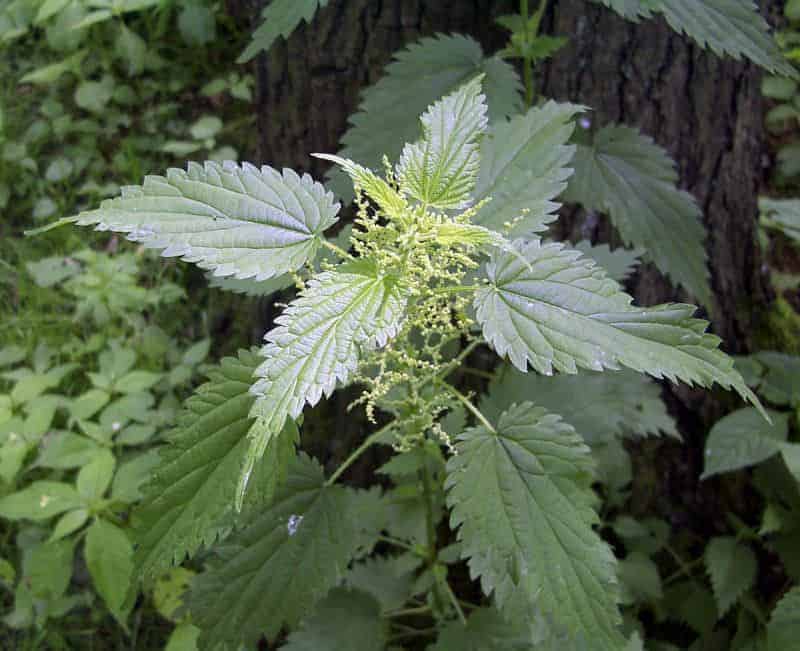
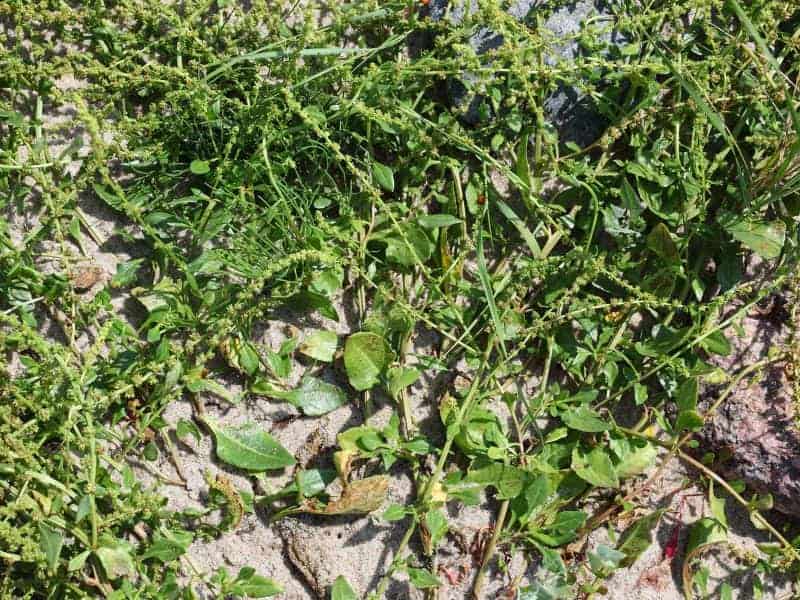
Nettles are the quintessential foraging food. Often the topic of bushcraft tv shows and books the humble and oft-misunderstood plant does make for a delicious morsel. High in vitamins A & D, it is the young and tender leaves of nettles, those that appear in early spring, make for the best eating. The leaves which taste a bit like cabbage/spinach make good tea and soup.
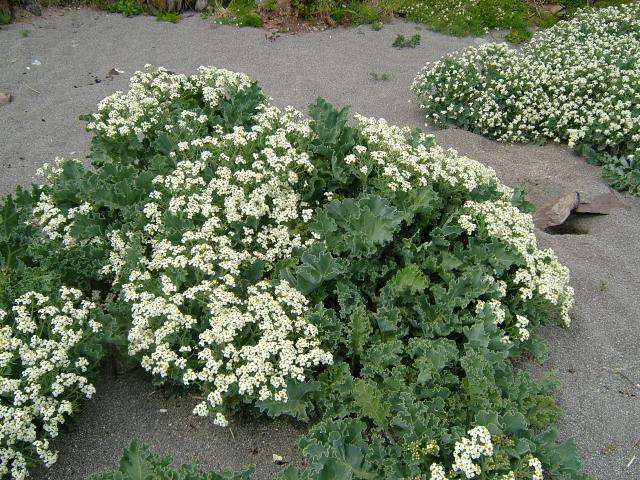
This coastal favourite is related to Swiss Chard. Known as ‘sea beet’ or ‘sea beetroot’ it thrives along estuaries and shorelines. The tastiest bits of a nettle are the young leaves which can be picked from spring onwards and used in salads or stews.
Sea kale grows on the edge of shingle beaches and has a taste somewhere between asparagus and celery. Popular in the Victorian period, Sea Kale is best enjoyed fried, it should only be picked in small amounts as it is relatively rare.



